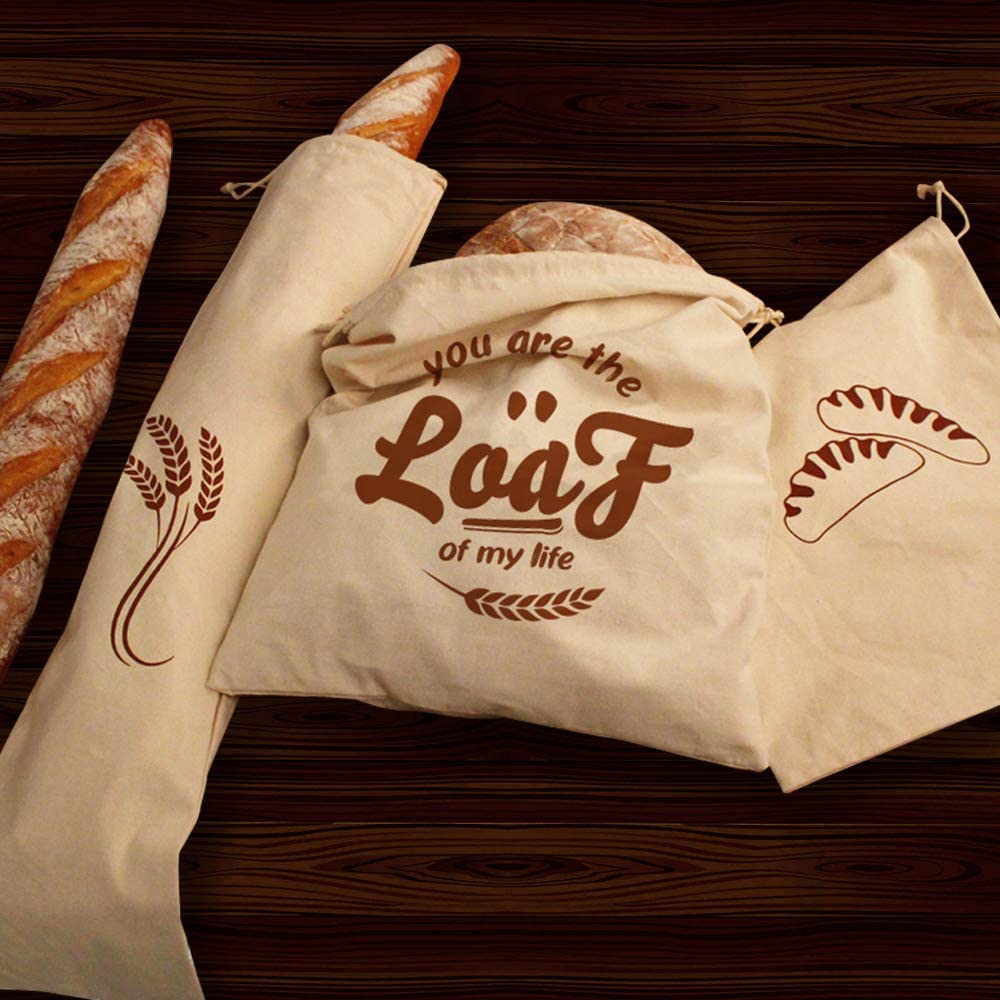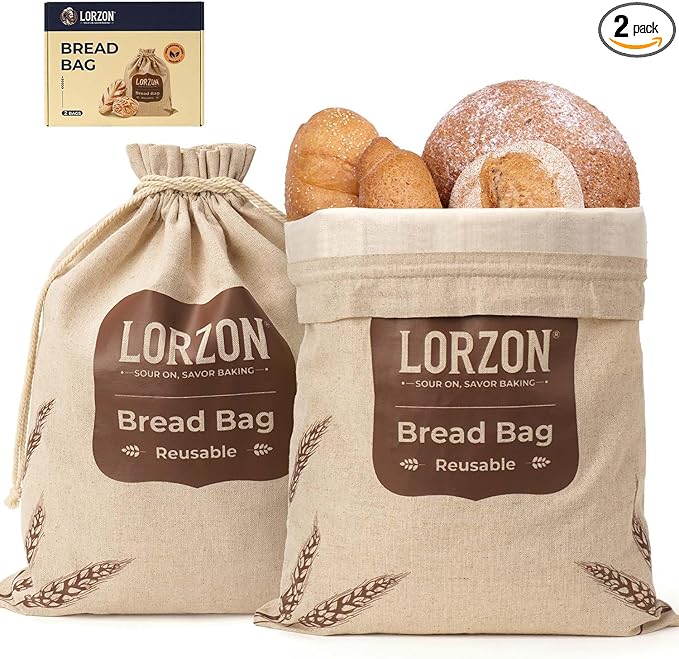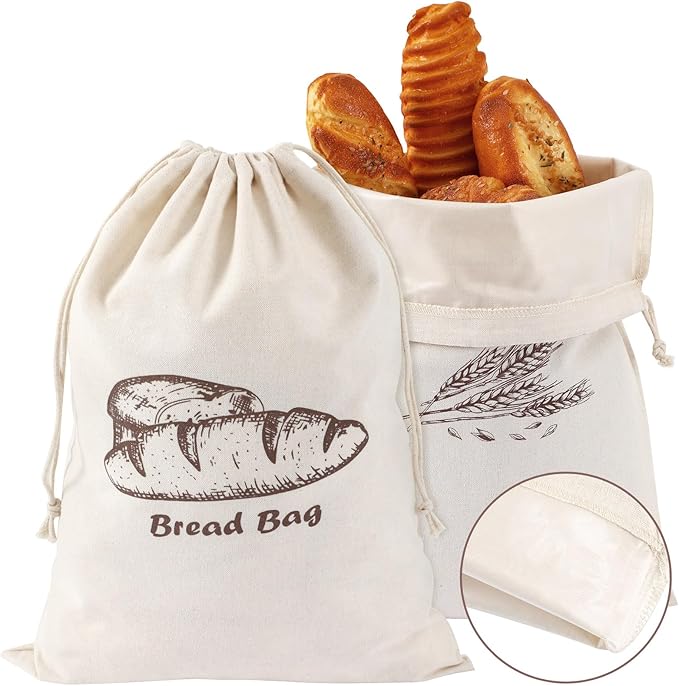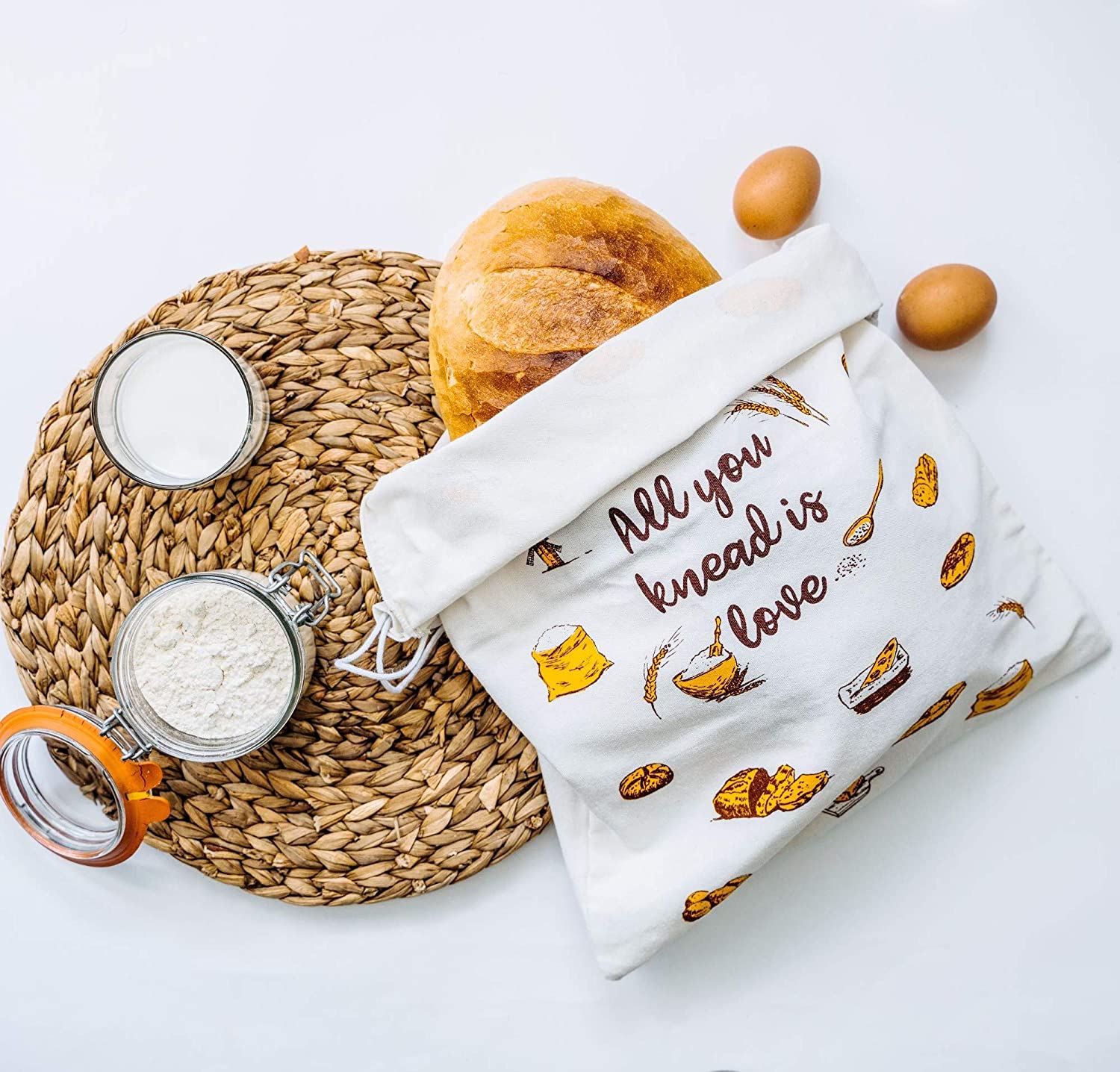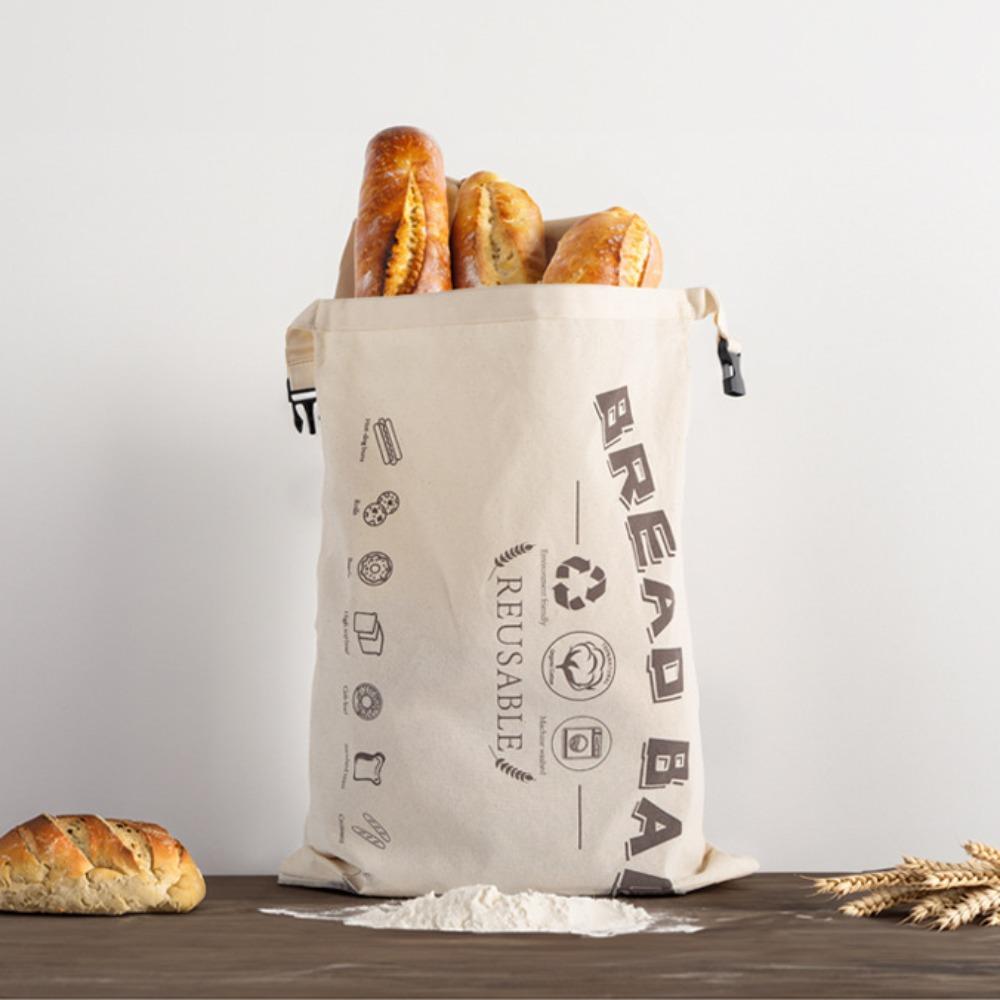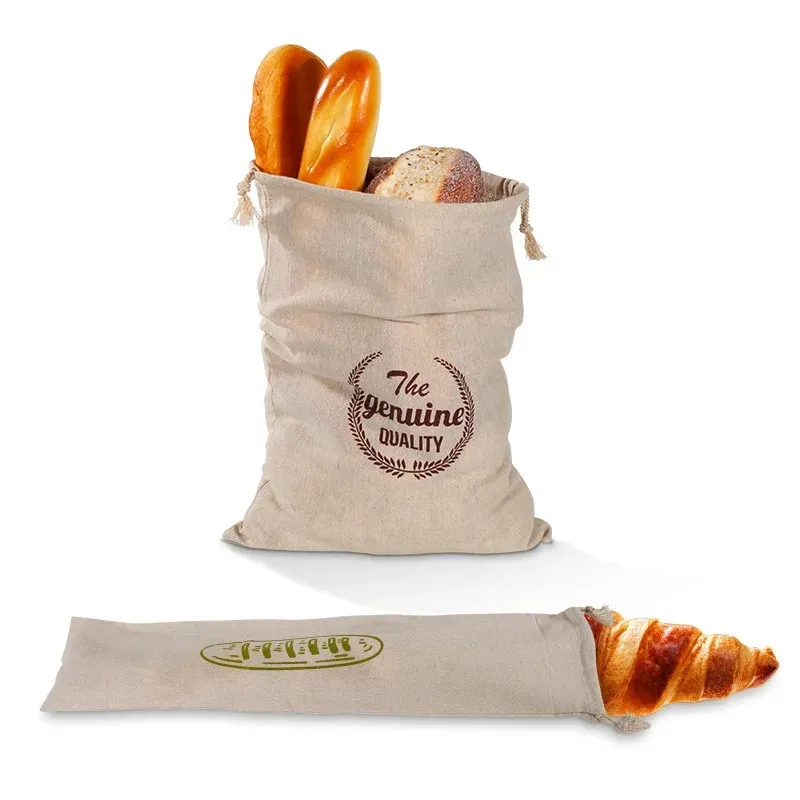The history and evolution of the bread bag: a baker’s guide to crafting the perfect loaf
Bread bag evokes images of golden-brown crusts, airy interiors, and the comforting aroma of freshly baked bread. Though it might seem like just another type of bread, the bread bag carries a rich history and holds a unique place in baking culture. Whether you’re a seasoned baker or a casual enthusiast, understanding the bread bag deepens your appreciation for this timeless culinary art while inspiring you to create your own perfect loaf—even if you decide to order a custom bread bag from your favorite bakery.
What Exactly Is a Bread Bag?
A bread bag is an enriched type of bread that originated in France and is often compared to brioche. It is renowned for its golden, crispy crust and soft, slightly sweet interior. Its unique oval or football shape—with the sides pinched together at the top—resembles a small cloth bag. This distinctive design not only gives it a charming appearance but also helps trap steam during baking, contributing to an even rise and tender crumb. Today, many artisanal bakeries offer custom bread bag options, allowing you to tailor flavors and shapes to your personal taste.
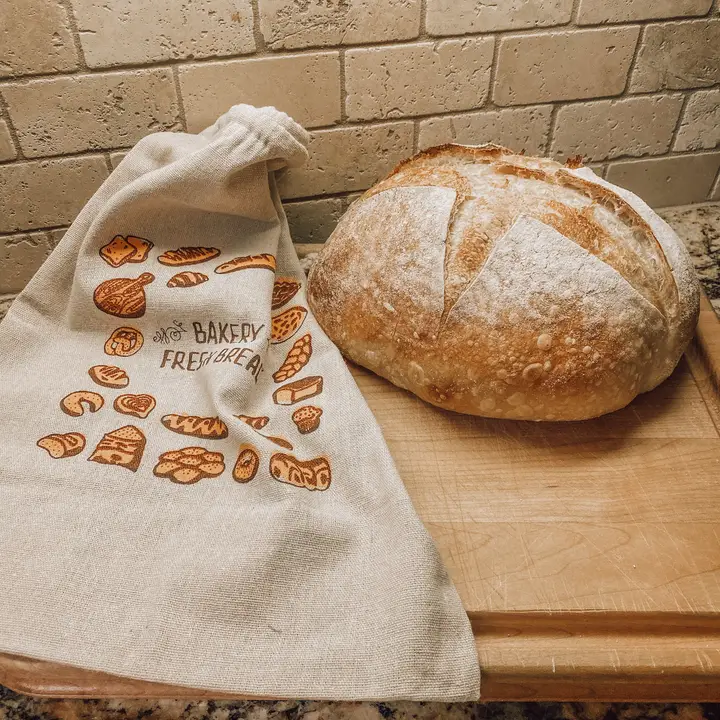
A Glimpse into the History of the Bread Bag
The origins of the bread bag are deeply intertwined with French culinary tradition. Believed to have emerged in Brittany, northwest France, its exact inception remains a bit of a mystery. Local bakers in the Middle Ages are credited with its creation as a way to showcase their skill and artistry. Over time, the bread bag became a symbol of quality and craftsmanship. Its golden crust and pillowy interior set it apart from other breads, and today, it is cherished not only in France but also by bread lovers around the world. Moreover, with the growing demand for bulk orders, some bakeries now produce wholesale bread bag batches to meet the needs of cafe, restaurants, and specialty retailers.
Key Characteristics of the Bread Bag
Perfect Crust
The bread bag’s crust is its most defining feature. It is golden, crispy, and carries a subtle buttery flavor. This crust develops under high heat, where the natural sugars in the dough caramelize and fats render, achieving a perfect balance of crunch and flavor.
Soft, Tender Interior
Inside, the bread bag boasts a moist, slightly sweet interior with a light and airy crumb structure. The use of ingredients like milk, butter, and eggs enriches the dough, ensuring a tender mouthfeel without heaviness.
Distinctive Shape
Its characteristic oval or football shape—with the top neatly pinched—does more than please the eye. This design helps trap steam during baking, which is essential for the bread’s rise and for achieving that desirable, uniform texture.
Balanced Flavor Profile
The flavor of the bread bag is a harmonious blend of subtle sweetness and rich butteriness, sometimes accented by vanilla or other complementary spices. This balanced taste makes it a versatile option for both sweet and savory pairings, whether served fresh from a custom bread bag order or enjoyed from a wholesale bread bag delivery.
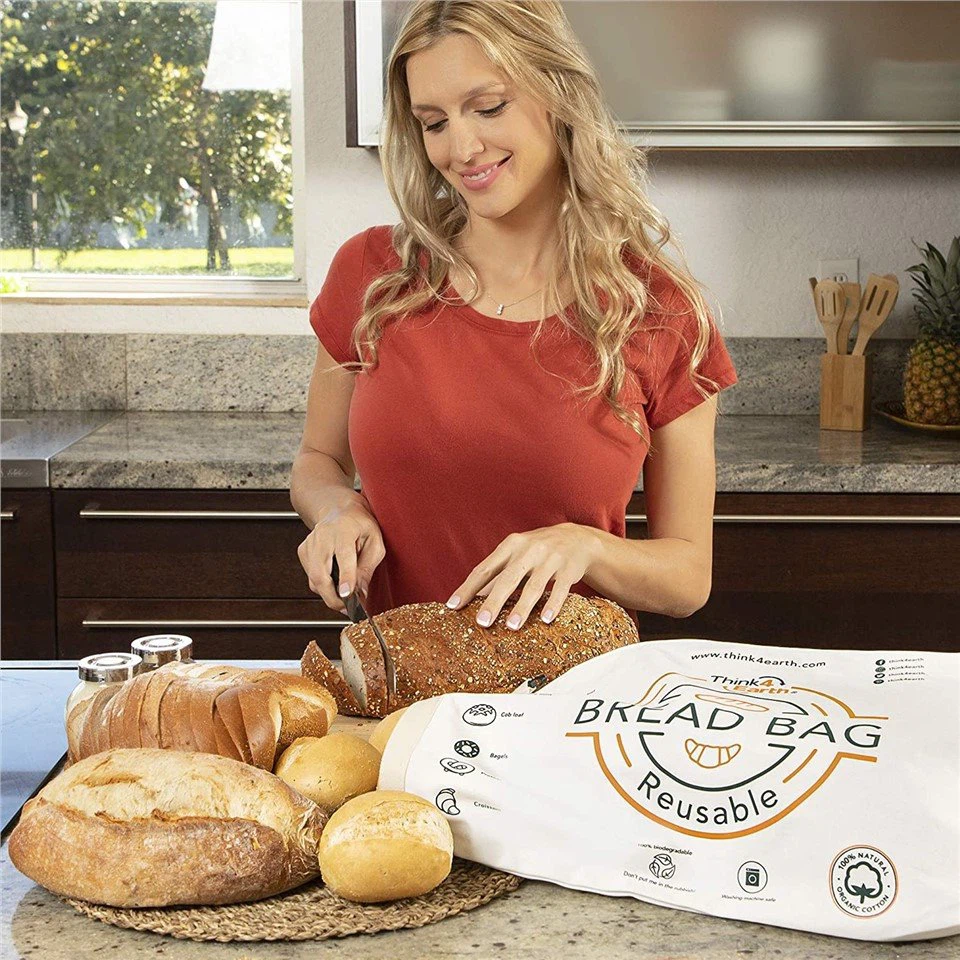
Cultural Significance of the Bread Bag
Beyond its culinary appeal, the bread bag holds a special place in French culture and beyond. It is not only a testament to traditional baking techniques but also a beloved treat often enjoyed during breakfast or tea time. In many French households, the bread bag is a symbol of festive occasions and family gatherings, celebrated for its comforting taste and artisanal quality. Today, its international recognition has led bakeries worldwide to offer their own interpretations, including custom bread bag designs for special events and wholesale bread bag options for larger-scale distribution, reinforcing its status as a culinary classic.
How to Bake Your Own Bread Bag: A Step-by-Step Guide
Baking your own bread bag is a rewarding journey that transforms simple ingredients into a culinary masterpiece. Begin by gathering all the essentials: flour, salt, a pinch of sugar, active yeast, warm milk, butter, eggs, and an optional touch of vanilla extract. Consider this stage as preparing your palette before creating a work of art.
The process starts with activating the yeast. In a small bowl, combine warm milk or water with a little sugar and sprinkle in the yeast. Stir gently and allow the mixture to sit for 5 to 10 minutes. When you see it bubble and form a delicate foam, you’ll know it’s fully activated and ready to breathe life into your dough. Meanwhile, in a large mixing bowl, blend the flour, salt, and eggs, and add vanilla extract if you wish. Once the yeast is ready, slowly pour it into the dry ingredients, mixing until a soft, slightly sticky dough forms.
Next comes the kneading stage. Transfer your dough onto a floured surface and knead it by hand for 10 to 15 minutes. This crucial step develops the gluten, giving your bread the perfect elasticity and chewy texture. When the dough becomes smooth and pliable, shape it into a ball and return it to a lightly oiled bowl. Cover the bowl with a damp cloth or plastic wrap, and let the dough rest in a warm, draft-free spot for 1 to 2 hours until it doubles in size.
After the first rise, gently press the dough to expel excess air. Divide it into the desired portions, shaping each piece into an oval or football-like form. Carefully pinch the top to create the signature “bag” shape—a design that not only pleases the eye but also aids in steam retention during baking.
Place the shaped dough on a baking sheet lined with parchment paper, and allow it to undergo a second rise for another 30 to 45 minutes. This final rise is critical, as it creates a light and airy structure within the bread.
With your dough properly risen, preheat the oven to 375°F . For an enhanced finish, lightly brush the tops of your bread bags with melted butter or an egg wash. Bake in the preheated oven for 20 to 25 minutes until the crust turns a delightful golden brown and sounds hollow when tapped. Once done, remove the bread from the oven and let it cool on a wire rack for about 10 to 15 minutes, ensuring that the crumb sets perfectly.
This entire baking process is not just a series of steps but a journey filled with creativity and discovery. Each loaf that emerges from your oven is a testament to your passion and dedication, inviting you to enjoy every moment of your culinary adventure.
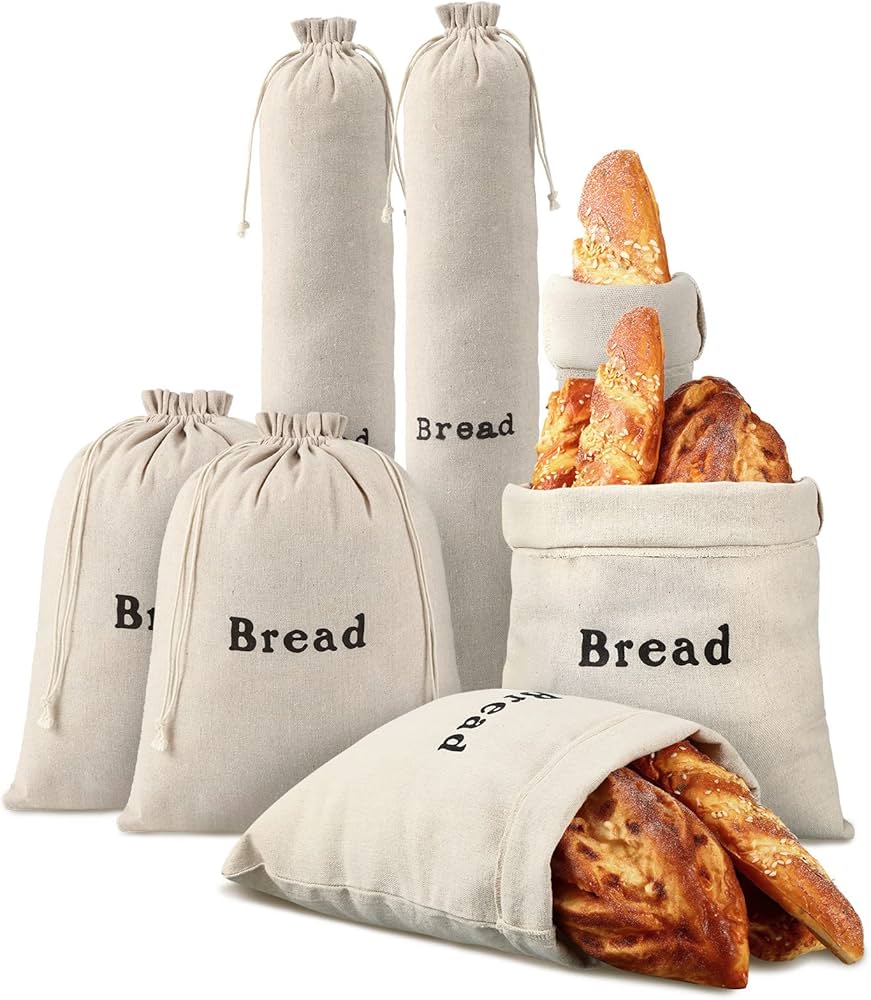
Common Variations
The beauty of the bread bag lies in its versatility. For a savory twist, you can incorporate fresh herbs such as parsley, thyme, or rosemary into the dough, or even add cheese and garlic butter for extra flavor. If you prefer a sweeter version, consider mixing in cinnamon, a bit of extra sugar, or chocolate chips to create a delightful breakfast treat. Additionally, you can experiment with stuffed bread bags by filling them with ingredients like ham and cheese, Nutella, or even apples with caramel, making each loaf a unique expression of your culinary creativity.
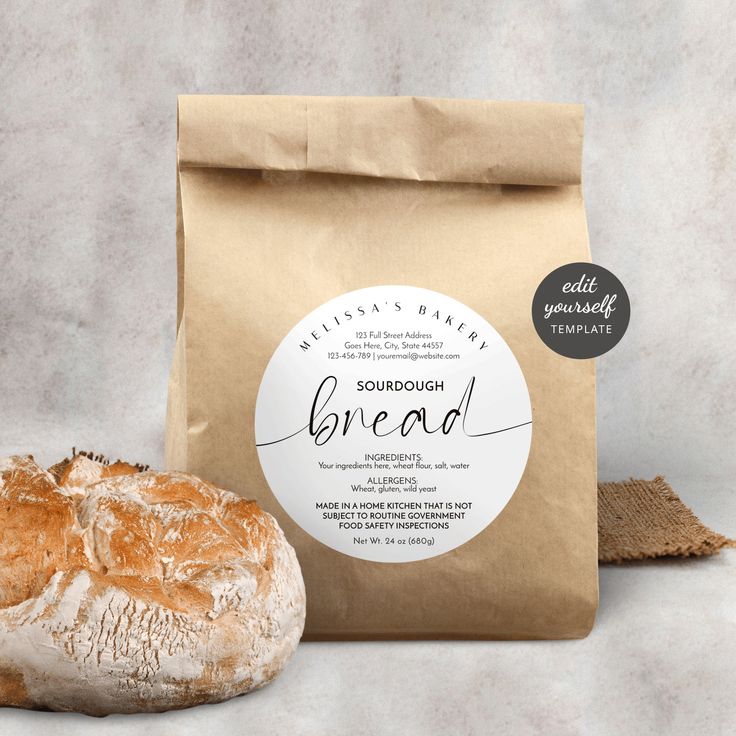
Conclusion
The bread bag is more than just a type of bread—it is a celebration of French baking tradition and a canvas for creative expression. Whether enjoyed with a warm cup of coffee or used as the base for an indulgent sandwich, mastering the bread bag is a fulfilling journey that brings both flavor and culture to your table. Whether you choose to bake your own or explore options like custom bread bag orders and wholesale bread bag deliveries, the versatility of this culinary gem is undeniable. Remember, baking is an art that evolves with practice, so embrace the process and let each loaf become a personal masterpiece.
Products Recommend
-
-
Custom Linen adjustable drawstring reusable homemade sourdough bread storage bag
Learn More -
Custom natural linen plastic lining large storage bread bag wholesale
Learn More -
Custom reusable linen homemade baguette bread storage bag bulk sale
Learn More -
Wholesale custom newest reusable cotton drawstring bread storage bag
Learn More
News Recommend
-
What is the best material for a bread bag? — A comprehensive exploration of optimal bread preservation materials
Mar.18.2025 Learn More -
Custom bread bags: A comprehensive guide for wholesale, retail, and bakery industries
Apr.01.2025 Learn More -
Ultimate guide to custom tote bags and custom bread bags: boost your brand with personalized packaging
Apr.14.2025 Learn More


